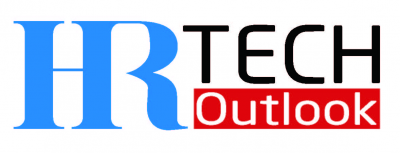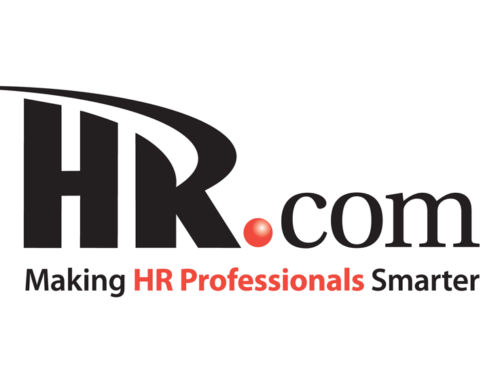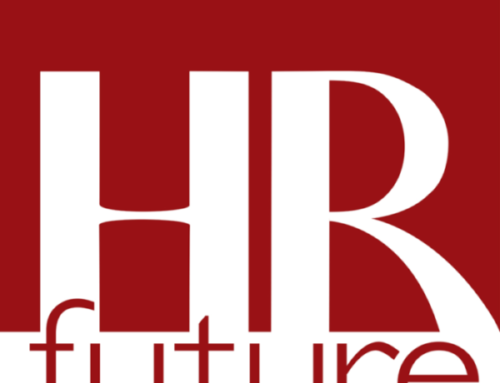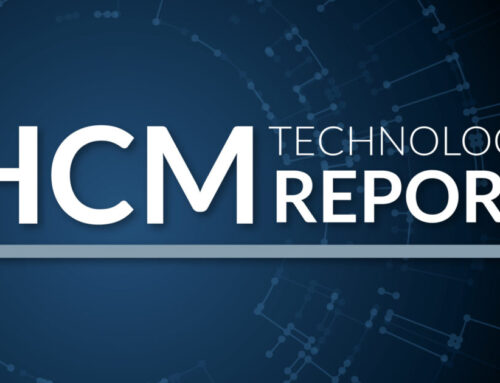By: Tim Diassi, EVP and GM, Unicorn HRO
The choice to work somewhere is often based on a variety of factors including salary, company culture, and position. However, a solid benefits package cannot be overlooked and can actually contribute significantly to overall job satisfaction. A substantial benefits and retirement package can improve staff morale and encourage employee loyalty while attracting potential new hires. In fact, during a job search, 60 percent of employees say they would choose a job with lower pay that offers a substantial benefits package.
A comprehensive benefits package can include health and dental insurance, retirement, health and wellness incentives, flexible spending, paid time off, and a multitude of other perks. However, for many people, healthcare and retirement are the most important elements, providing a layer of security for employees and their families. But if that’s true, why is it that many employers just can’t seem to get them right?
“Both long-term commitments, healthcare and retirement are more connected than most employers and employees realize, actually feeding off one another.”
There’s a simple answer: they keep separating healthcare and retirement.
Both long-term commitments, healthcare and retirement are more connected than most
employers and employees realize, actually feeding off one another. Let’s break it down: Rising living expenses, dwindling pension plans,
and poor communication about savings strategies have led employees to feel that they haven’t saved enough, causing them to work way past typical retirement age. These retirement delays have created an aging working population, increasing healthcare costs to employers significantly while effectively stealing resources from younger workers. In essence, due to retirement uncertainty, people are working longer, ultimately raising the age of workers and increasing healthcare costs for everyone.
If retirement and healthcare are so cyclical in nature, why do many employers insist on addressing health benefits and retirement planning as two separate and unrelated entities? What should
employers do?
For starters, they should consider adopting a more integrated benefits administration strategy. A more proactive and integrated approach to addressing healthcare and retirement benefits administration is to focus on creating a designated path to retirement for employees. One way to create a more viable retirement plan is to reinstate a well-managed pension plan; when managed with discipline, a pension plan can make saving for retirement a clear and attainable goal. Once workers have an understandable and reliable path to retirement savings, they can work to meet their goals and feel comfortable retiring at the appropriate time. In turn, rotating older employees out of the work force can help to break the cycle of healthcare uncertainty by freeing up resources for younger workers.
Approaching retirement and healthcare from a more integrated perspective can allow employers to gain control of their benefits administration strategy, reining in costs while providing a sense of security for their employees.
However, executing a benefits overhaul on this scale requires more than just the will to change. In fact, having the appropriate tools in your arsenal can make the transition to a more integrated benefits strategy much easier. One tool employers should consider is an automated human resources information system.
As an all-encompassing applications suite that manages the employee lifecycle, a human resources information system (HRIS) can be a vital component of an integrated benefits strategy.
An HRIS offers the unique capability to automate and centralize a wide variety of benefits administration and other functions, including healthcare, retirement allocations, payroll, and pensions, all on one platform. This makes it easy for employers to manage benefits and simplifies the process of administering benefits.
An HRIS also serves the purpose of giving employees a sense of control over their benefits by offering self-service options. Using an HRIS, employees can find the information they need about retirement and other benefits information as well as information about paychecks to ensure that they can make more informed retirement planning and saving decisions.
Additionally, an HRIS allows employers to collect a wide variety of data about employees all in one location. Using this information, employers can make more informed decisions about what their employees really need from a benefits perspective and form a more cohesive benefits administration strategy.
Most employees don’t choose a job solely for its benefits. However, most employees do want to be able to plan for retirement, achieve their personal and family goals, and feel confident in their healthcare plan. In an era of uncertainty such as this, employers must look for fresh approaches to managing benefits. Taking a strategically integrated approach to healthcare and retirement with the help of an HRIS can break the current cycle of benefits uncertainty and restore a sense of security and satisfaction for both employers and employees.
Read the article on HR Tech Outlook here.



